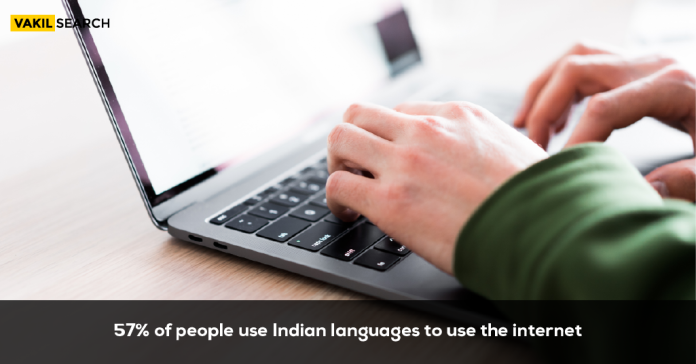Internet Accessibility in Rural India:
As of 2023, nearly 665 million Indians in rural areas lack internet access, accounting for 45% of the rural population. According to a joint report by IAMAI and Kantar, reasons for this disparity include difficulties in understanding internet procedures, limited awareness of its benefits, and a lack of interest. Though the condition is improving greatly, we do see the difficulty among people as well. Do you think the situation is improving?
Let us read further to find out.
Importance of Indian Languages:
Well, yes! The condition is improving.
Arnab Dutta from Kantar emphasises the need to break language barriers by offering more content in vernacular languages. The report indicates a growing preference for accessing the internet in Indian languages, with Hindi being the most favoured. Activities like video watching and music streaming dominate internet usage in regional languages.
Role of Voice Search and AI:
Voice search has emerged as a vital tool driving internet usage in Indian languages. However, challenges persist, such as voice searches often leading to video results instead of text-based content. Raoul Nanavati of Navana.ai believes that voice-based tools, supported by AI, will play a crucial role in bridging the digital divide.
AI-driven Language Translation:
To overcome language barriers, platforms like Bhashini leverage AI-driven language translation, facilitating communication across various Indian languages. Integration of such platforms into internet services can enhance accessibility and promote digital inclusion.
Digital Inclusion Initiatives:
Creating awareness about the internet’s relevance and benefits is vital for driving penetration in rural areas. Government programs should focus on educating users about internet usage, covering activities from soil testing to digital payments. Shared device usage is common in rural regions, posing a challenge to internet access.
Rising Trends in Device Sharing:
The report highlights a significant increase in Indians accessing the internet using someone else’s device, particularly in rural areas. This trend underscores the importance of addressing device-sharing challenges to ensure widespread internet access and digital empowerment.
Conclusion:
As efforts to bridge the internet gap in rural India intensify, leveraging Indian languages and AI-driven solutions becomes imperative. By promoting linguistic diversity and enhancing accessibility, we can ensure that every Indian, regardless of their location, can harness the transformative power of the internet.



